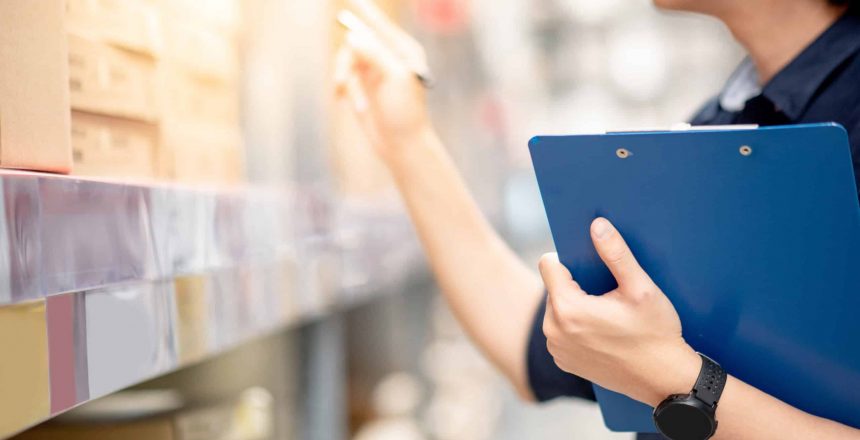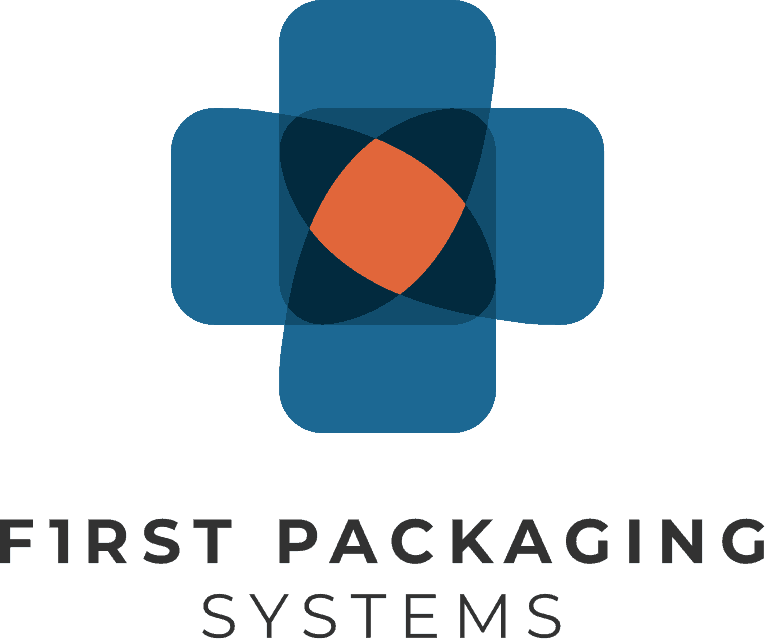Many consumer products companies experience a struggle between senior executives and production on the question of how to source packaging equipment. While CEOs fight to cut costs, engineers scream for higher-performing machines. Executives view the manufacturing and packaging line as a commodity where the lowest bidder rules. Engineers see production as a vital element in the quality of finished goods. Until these perspectives are resolved, the tension and opposing views will continue to hurt the bottom line.
Some U.S. companies have tried implementing low-cost machines from China, Taiwan or South America even though these machines lack support or distribution networks in the States. This short-sighted solution not only flies in the face of common sense, but also violates the Total Cost of Ownership factor and puts employees at risk in favor of short-term financial gains.
In short, it’s a bad idea. Safety standards and quality control are both negatively impacted, and the long-term losses outweigh any potential benefits. These new machines slowly bleed the company by adding new costs associated with servicing, stocking replacement parts, and even creating documentation and operating manuals from scratch.
Less Is Not Always More
The lowest-bidder mentality isn’t always the best strategy, especially when it comes to acquiring equipment that’s required to produce and package your products for market. The losses created by low-cost machines—from downtime, damages, and worker safety—are rarely offset by the money you may have saved on the front-end purchase.
Investing in quality machines that increase productivity and reduce workers’ compensation claims simply makes more sense, no matter how you slice it.
In fact, the American National Standard Safety Requirements for Packaging Machinery and Packaging-Related Converting Machinery mandates risk assessment to qualify for certification. These standards are intended to reduce injuries, protect workers, and, not coincidentally, contribute to the long-term productivity of the companies that abide by them.
There’s a reason national brands like Kellogg, Kraft, Johnson & Johnson, and Proctor and Gamble (among others), adhere to these standards: they work to keep everyone safe and, as an added bonus, profitable.
When your company is considering an equipment purchase for manufacturing or packaging, these guidelines can help ensure you’re asking the right questions, including:
- Have machines been tested for safety?
- Do safety standards align with North American guidelines?
- Are safeguards implemented properly?
- What service/support/warranty options are available?
- What are the functional capacities of the machines, and are these numbers verified by trusted sources?
One can immediately see that most low-cost, off-brand machines will not pass this simple survey. That’s when you need to take a step back, reassess, and find a supplier whose equipment meets your high standards of quality, safety, and productivity.
Here are the three costs that packaging executives need to consider:
- Acquisition: includes purchase price, installation, training, customization, and start-up
- Operational: includes labor, consumables, productivity, and electricity use
- Repair: parts, service, labor, etc.
It becomes obvious there’s much more at stake than the cost of the machine itself. Saving money on the acquisition is pointless if operation and repair cost more during the lifecycle of the equipment. Investing in quality equipment makes more sense than simply opting for the lowest bidder.
To learn more about the long-term benefits of the Total Cost of Ownership approach, contact First Packaging. We specialize in helping our customers thrive with packaging equipment that drives profitability.

